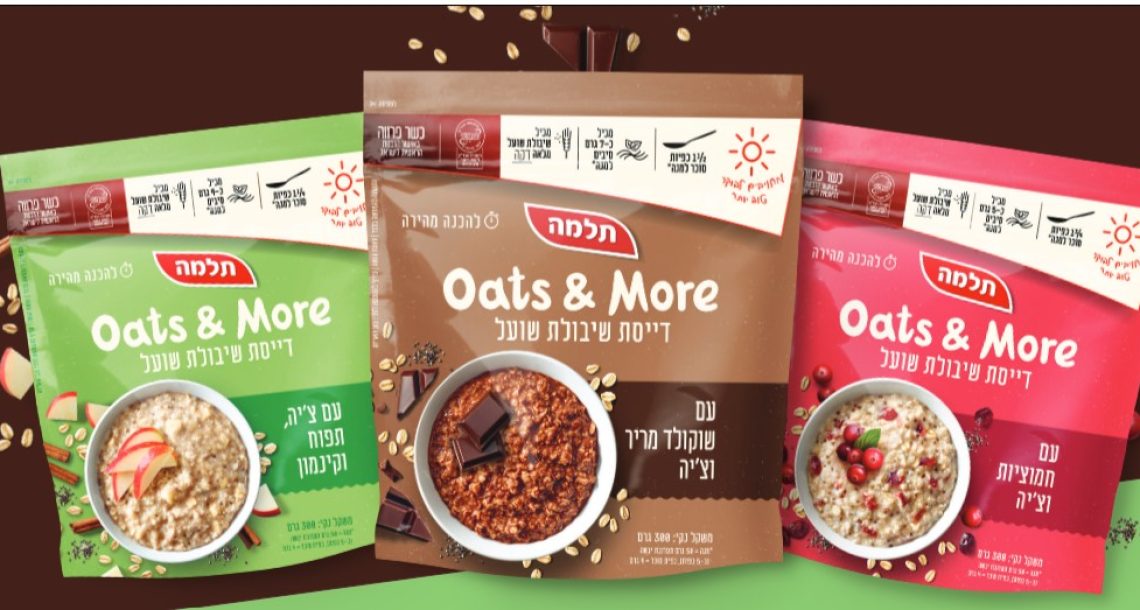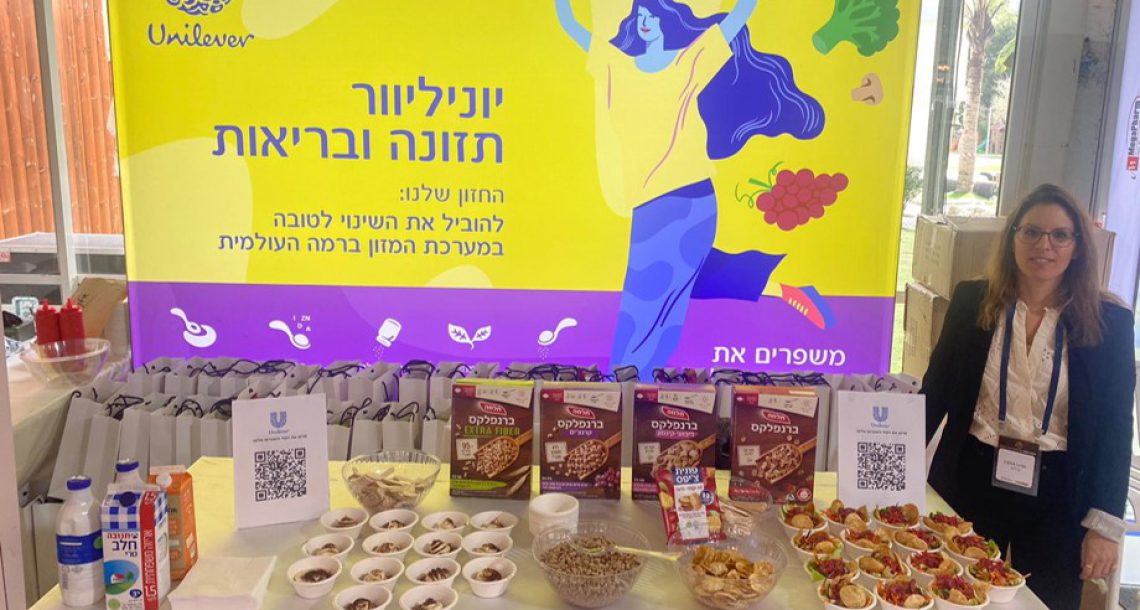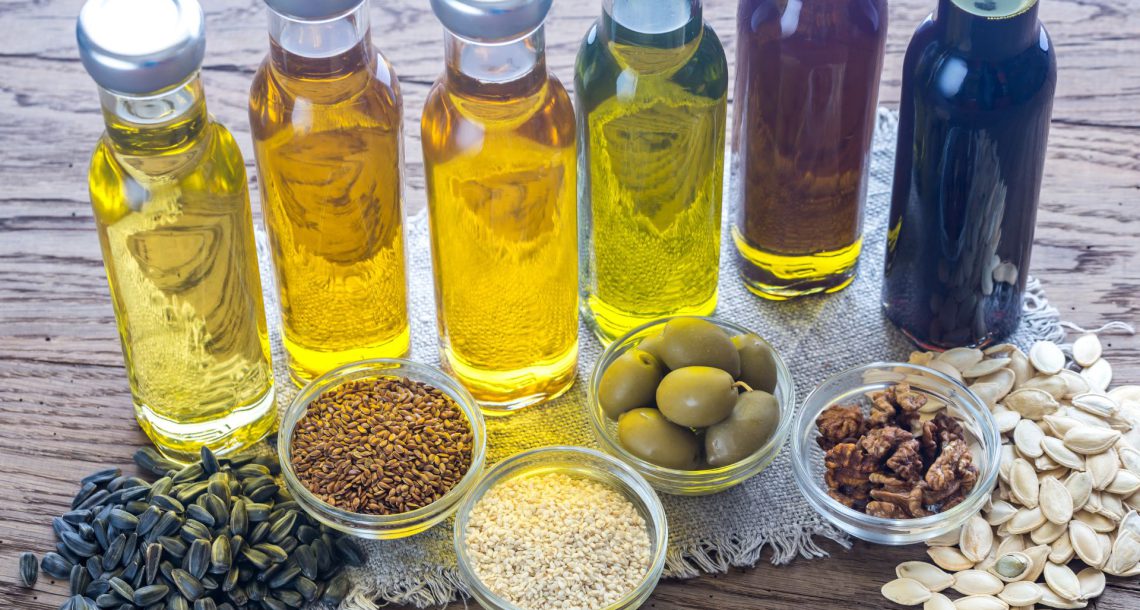באנגלית אומרים: Hold your horses…
מדובר במחקר תצפיתי מאד מרשים אמנם, אבל רחוק מאשר לקבוע קשר מנה: תגובה וודאי. יתרה מזאת, לא ניתן לקבוע איזה מהפלאוונולים פעיל יותר מהאחר. מדובר בפלאוונולים מהדיאטה – כך שבוודאי מדובר על דפוס אכילה שמערב לא רק אכילה רבה יותר של ירקות ופירות אלא שייתכן שאכילה כזו מאופיינת גם באכילת שומן מהצומח, פחות מזונות מהחי ואולי גם קטניות ודגנים מלאים?
אנסל קיס במחקר הידוע של "שבע הארצות" בו הוא הראה שמדינות שיש בהן צריכה גבוהה יותר של שומן רווי ונמוכה יותר של פלאבנולים סובלות משכיחות גבוהה יותר של מחלות לב,מסייג את מסקנותיות במשפט "אך גורמים אלה תלויים אחד בשני".
להציע פלאוונולים מהדיאטה בשלב זה, ככל הידוע לנו, תמיד כדאי, משום הם נמצאים במזונות רבים שמספקים לגוף גם ויטמינים, מינרלים, סיבים תזונתיים והם בדרך כלל גם קשורים לדפוסי אכילה הנחשבים בריאים יותר.
לצערי נראה, שכרגע אין לנו יכולת לומר מעבר לכך.
לגבי המנגנון הגעתי למאמר שנותן איזו הצעה, אולם בשל חוסר התמצאותי בתחום, אעתיק את התקציר כלשונו:
Quercetin belongs to the flavonoids family, which is present in most of the plants including fruits, vegetables, green tea and even in red wine having antioxidant activities. It is available as a food supplement in the market and has physiological health effects. Quercetin has anti-inflammatory, anticancer and anti-prostate activities along with its beneficial effects on high cholesterol, kidney transplantation, asthma, diabetes, viral infections, pulmonary, schizophrenia and cardiovascular diseases. Quercetin possesses scavenging potential of hydroxyl radical (OH-), hydrogen peroxide (H2O2), and superoxide anion (O2-). These reactive oxygen species (ROS) hampers lipid, protein, amino acids and deoxyribonucleic acid (DNA) processing leading to epigenetic alterations. Quercetin has the ability to combat these harmful effects. ROS plays a vital role in the progression of Alzheimer's disease (AD), and we propose that quercetin would be the best choice to overcome cellular and molecular signals in regulating normal physiological functions. However, data are not well documented regarding exact cellular mechanisms of quercetin. The neuroprotective effects of quercetin are mainly due to potential up- and/or down-regulation of cytokines via nuclear factor (erythroid-derived 2)-like 2 (Nrf2), Paraoxonase-2, c-Jun N-terminal kinase (JNK), Protein kinase C, Mitogen-activated protein kinase (MAPK) signalling cascades, and PI3K/Akt pathways. Therefore, the aim of the present review was to elaborate on the cellular and molecular mechanisms of the quercetin involved in the protection against AD.
Zaplatic E, et al. Life Sci 2019 – Review. PMID 30914316










